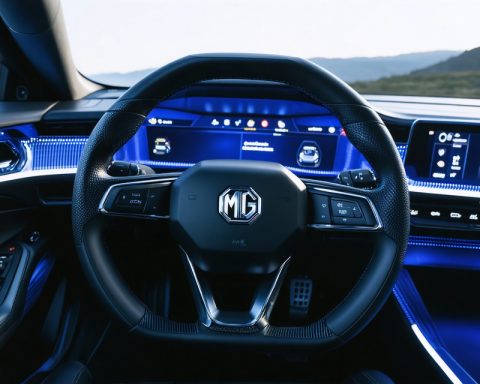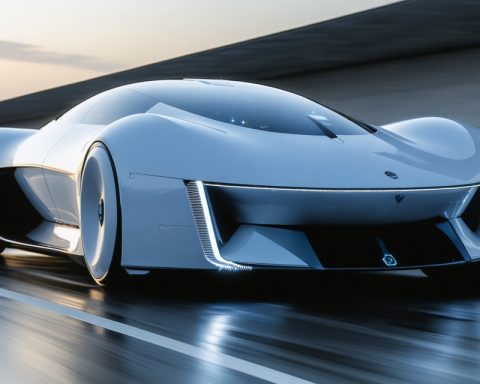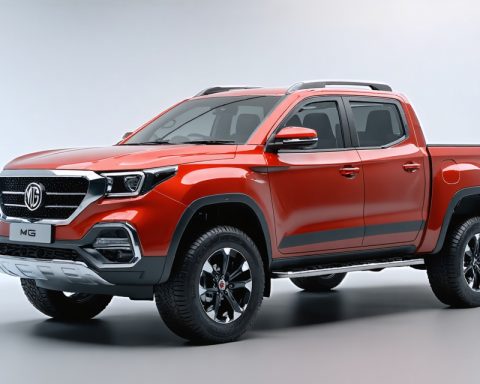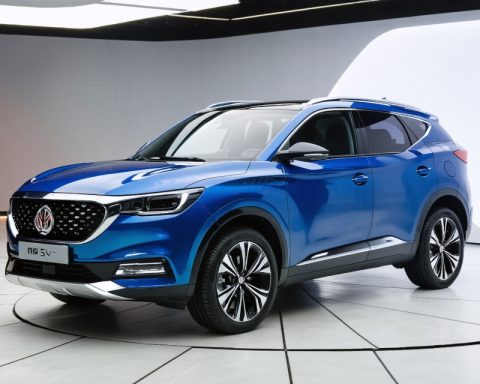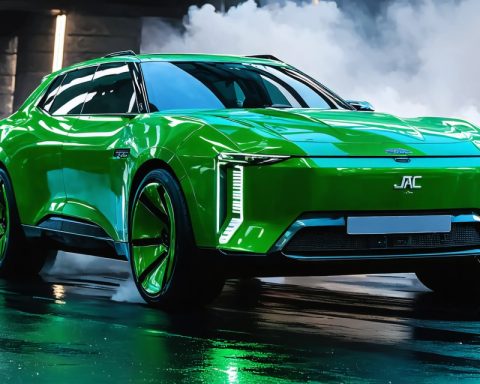- Electric Vehicles (EVs) are creating quieter urban landscapes by reducing noise pollution, contributing to improved mental well-being.
- EVs are transforming urban infrastructure by promoting the installation of charging stations at strategic community-oriented locations like shopping centers and workplaces.
- The rise of EVs encourages urban planners to develop more pedestrian-friendly zones, bike lanes, and diverge from car-centric city designs.
- Smart cities initiatives align well with EVs, enabling innovations like synchronized traffic systems and smart parking solutions, which optimize urban mobility.
- EVs contribute to a visually appealing urban environment with their sleek designs and help ensure a cleaner atmosphere with reduced air pollution.
- Infrastructure development and policy support are crucial to meeting the growing demand for EVs and integrating them into sustainable city planning.
- EVs represent more than eco-friendly transportation; they are key catalysts for sustainable urban transformation.
Picture city streets bustling with activity—only now, imagine them much quieter. No more grumbling engines or pungent exhaust. Electric Vehicles (EVs) are reshaping urban landscapes with a silent revolution, driving cities into a cleaner, more sustainable future.
While EVs are lauded for reducing carbon emissions, their influence stretches beyond environmental benefits. They are catalysts, sparking significant changes to the very fabric of city life. But how exactly are EVs transforming our cities?
One immediately evident change is the decline in noise pollution. Cities once echoed with the hum of petrol engines, but now electric motors hum softly, almost inaudible. This shift towards silence transforms urban living, allowing for more peaceful residential areas and improved mental well-being.
EVs also challenge the traditional gas stations scattered throughout our cities. As charging stations proliferate, they’re typically placed near shopping centers, workplaces, and public parking areas, integrating seamlessly into the existing urban infrastructure. These sites often become community hubs, fostering social interactions while vehicles power up.
Urban planners are seizing the opportunity to rethink traffic flows and city layouts. With EVs often requiring lower maintenance and being more efficient in stop-and-go traffic, cities can consider more pedestrian-friendly zones and bike lanes, gradually nudging cities away from car-centric designs. The availability of compact EVs encourages this trend, promoting a new norm in city commuting.
Furthermore, EVs align seamlessly with innovative smart city initiatives. As these vehicles increasingly include smart technology, they can communicate with urban infrastructure, enabling synchronized traffic lights or smart parking solutions. This interconnected network promises to reduce gridlock and optimize travel times.
One cannot overlook the aesthetics that EVs bring to urban life. They come with sleek, futuristic designs, adding modern flair to our streets. With less air pollution, we envision cities with clearer skies, where architecture shines under an azure canvas untouched by smog.
However, challenges remain. Cities must develop infrastructure to meet the growing demand for public chargers. Policy makers and innovators continue to work side-by-side to build frameworks that support sustainable growth.
EVs are not merely vehicles; they are instruments of change. This transformation extends beyond environmental impact, shaping urban culture and lifestyle. As cities embrace the electric age, they deepen their commitment to a sustainable future while enhancing urban living. The takeaway message? Embracing EVs isn’t just about choosing eco-friendly transportation—it’s about accelerating our cities into a harmonious, sustainable future.
How Electric Vehicles (EVs) Are Revolutionizing Urban Landscapes Beyond Expectation
Introduction
The shift to Electric Vehicles (EVs) is transforming urban landscapes in ways that go far beyond environmental benefits. Beyond reducing carbon emissions, EVs are initiating significant changes within city dynamics, bringing forth new opportunities and challenges. Delve into how EVs are reshaping urban living and how cities can harness their potential further.
Key Transformations in Urban Ecosystems
1. Reduction in Noise Pollution
The decrease in noise pollution due to the prevalence of EVs has substantial implications on urban life. According to studies, reduced noise levels lead to better mental health outcomes and an increase in overall quality of life (Source: World Health Organization). This quieter urban environment not only enhances residential experiences but also attracts more outdoor activities and community gatherings.
2. Shift in Urban Infrastructure
As cities adapt for EVs, traditional fuel stations are replaced by charging hubs in strategic locations such as malls, office complexes, and public transport stations. These hubs not only serve a functional purpose but become new social interaction zones. Innovators like Tesla’s Supercharger network exemplify a rapid expansion of EV infrastructure tailored for convenience and efficiency.
3. Impacts on City Planning and Traffic Flow
The design of cities is evolving. Urban planners are now considering more pedestrian zones and cycle paths, facilitated by the efficiency of EVs in stop-and-go traffic. Policies supporting compact EVs encourage the development of car-free zones, enhancing the appeal and livability of city centers.
4. Integration with Smart Cities
The smart capabilities of EVs, such as connectivity with smart grids and urban infrastructure, lead to optimized traffic management and reduced congestion. Through Vehicle-to-Everything (V2X) communication, EVs can interact with traffic lights for better signal timings or with parking systems for automated spaces allocation, thus refining urban mobility.
5. Aesthetic and Environmental Impressions
The modern, sleek design of EVs complements the urban aesthetic, blending futuristic visuals with functionality. Cleaner air resulting from fewer emissions offers cities clearer skies and more vibrant urban architecture, contributing to a visually appealing cityscape.
Challenges and Solutions
While the benefits are significant, challenges in the transition to EVs include the need for extensive charging infrastructure and the strain it places on existing power grids. Policymakers are tasked with setting standards and providing incentives to accelerate infrastructure development.
How-To Steps & Life Hacks:
– Installing Home Chargers: For EV owners, installing a home charging point can help reduce dependence on public charging spots and is a convenient option. Investigate government grants or incentives available for home charger installations.
– Leveraging Solar Panels: Pairing EVs with residential solar panels can offset electric usage and further reduce carbon footprints.
Market Forecasts & Industry Trends
The EV market is expected to grow exponentially, with projections by Bloomberg New Energy Finance stating that by 2040, 58% of passenger vehicle sales will be electric. Additionally, advancements in EV battery technology promise longer ranges and quicker charging times, making EVs an increasingly viable option for more consumers.
Pros & Cons Overview
Pros:
– Environmental Impact: Significant reduction in emissions.
– Cost Efficiency: Lower maintenance costs and eligible for government incentives.
– Health Benefits: Reduced noise and air pollution enhance community wellbeing.
Cons:
– Infrastructure Needs: Requires robust charging networks.
– Initial Costs: Higher upfront cost compared to traditional vehicles, though decreasing over time.
Conclusion and Quick Tips
Cities must approach the shift to EVs proactively, ensuring public infrastructures, such as roads and grid capabilities, are prepared to accommodate growing numbers of electric vehicles. Citizens can accelerate personal sustainability by considering EVs for their efficiency and environmental benefits.
Actionable Recommendations:
– Start planning commutes to include charging times.
– Consider local EV incentives and rebates to offset the initial cost.
– Participate in community discussions on enhancing local EV infrastructure.
For further insights into how EVs are shaping the future of urban living, explore resources and articles on the official Tesla website and BMW’s initiatives in sustainable mobility.

